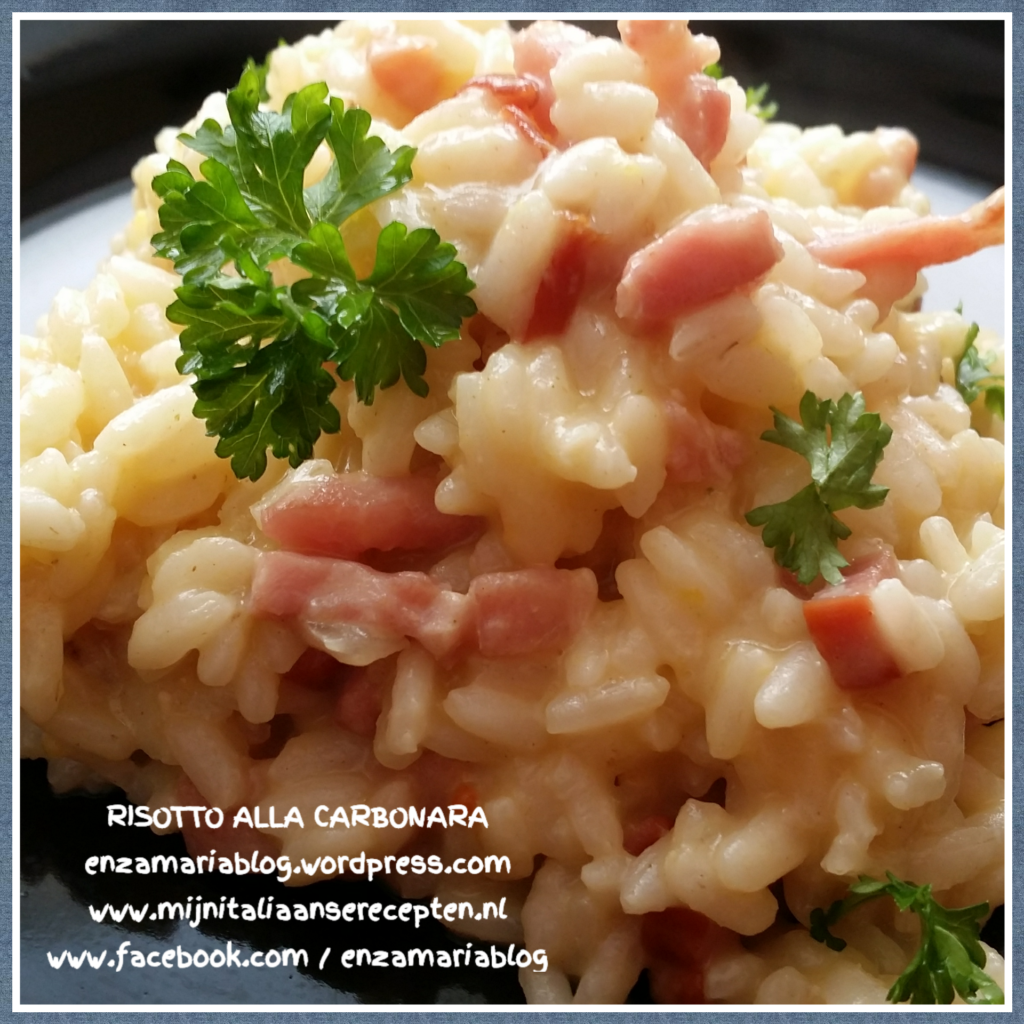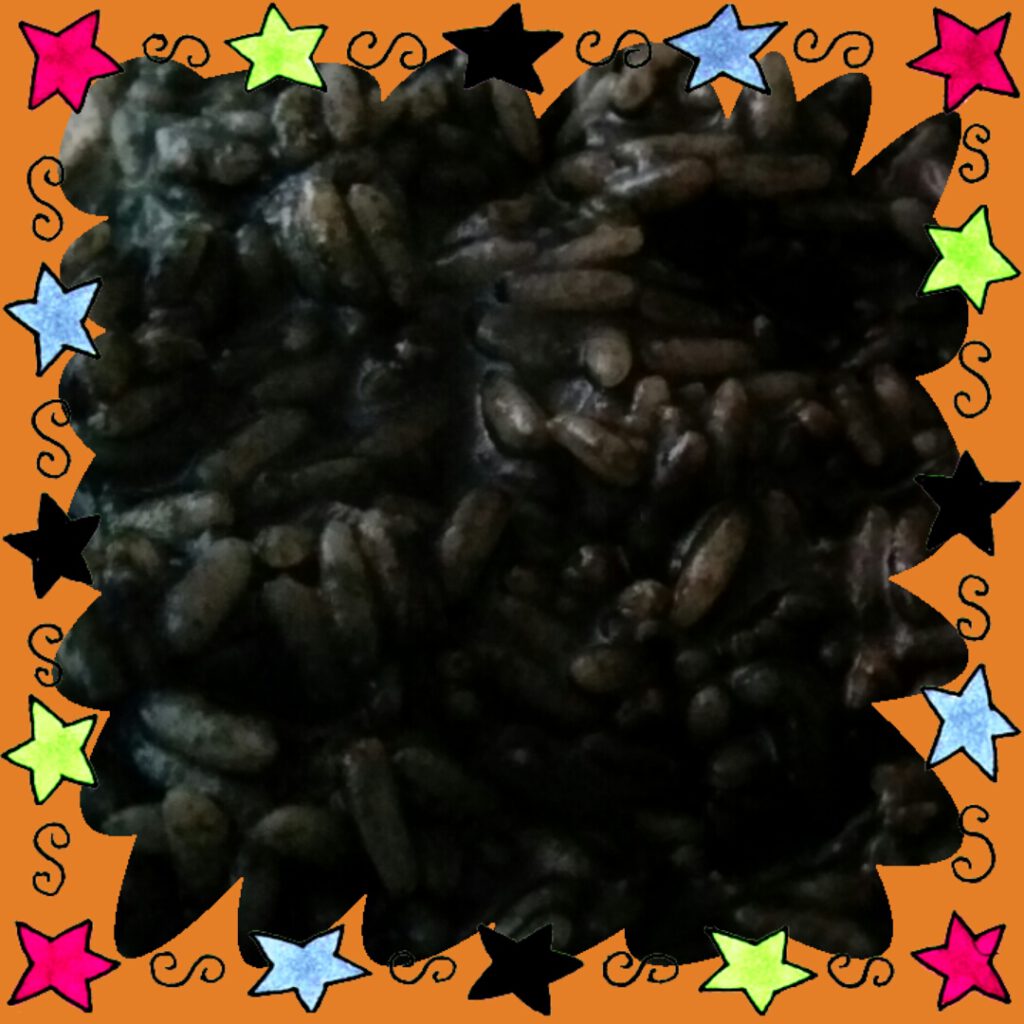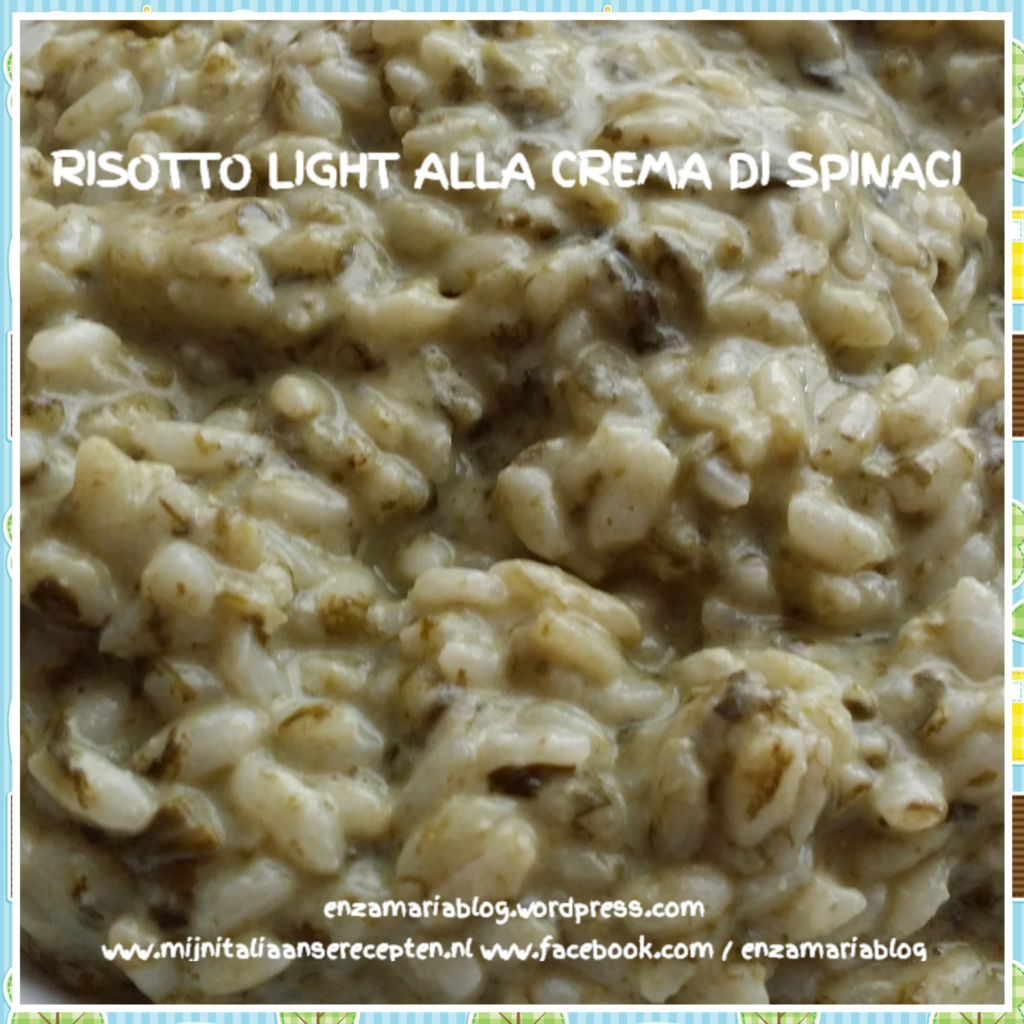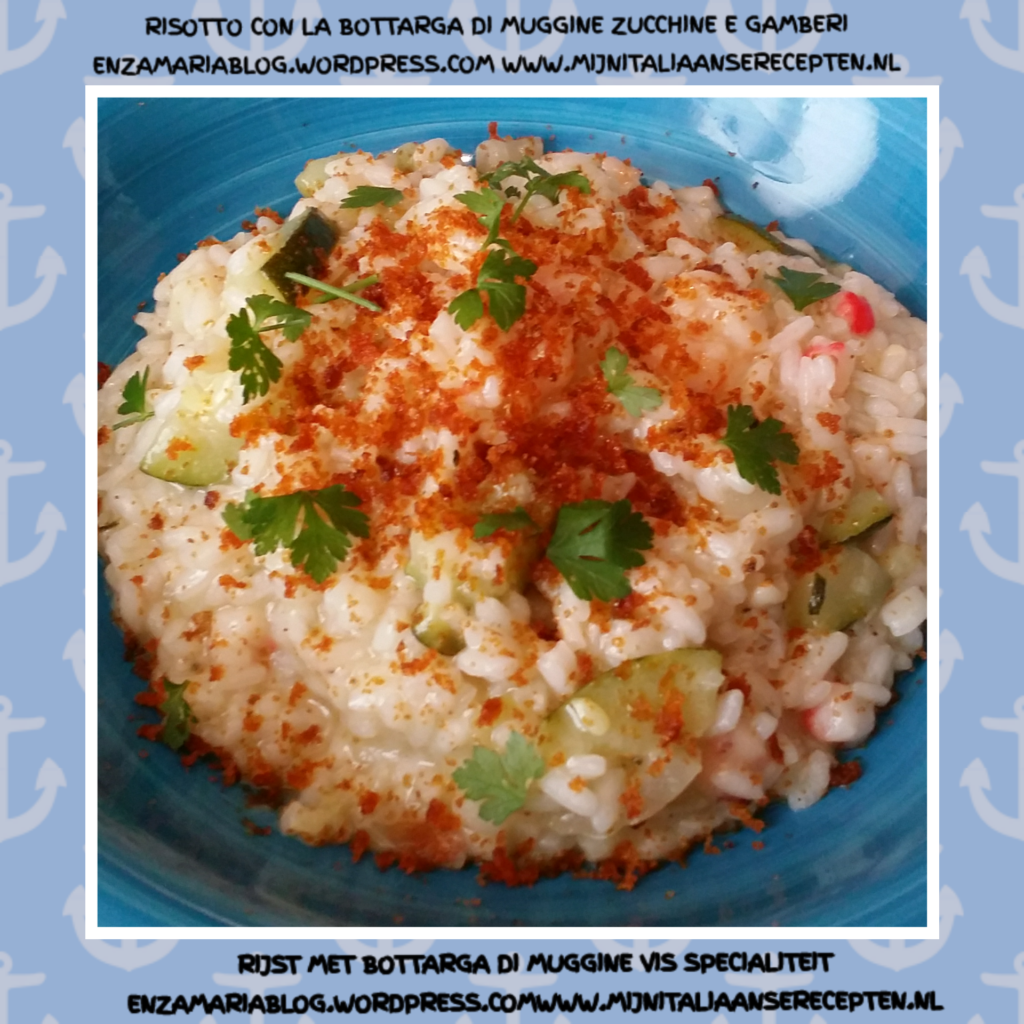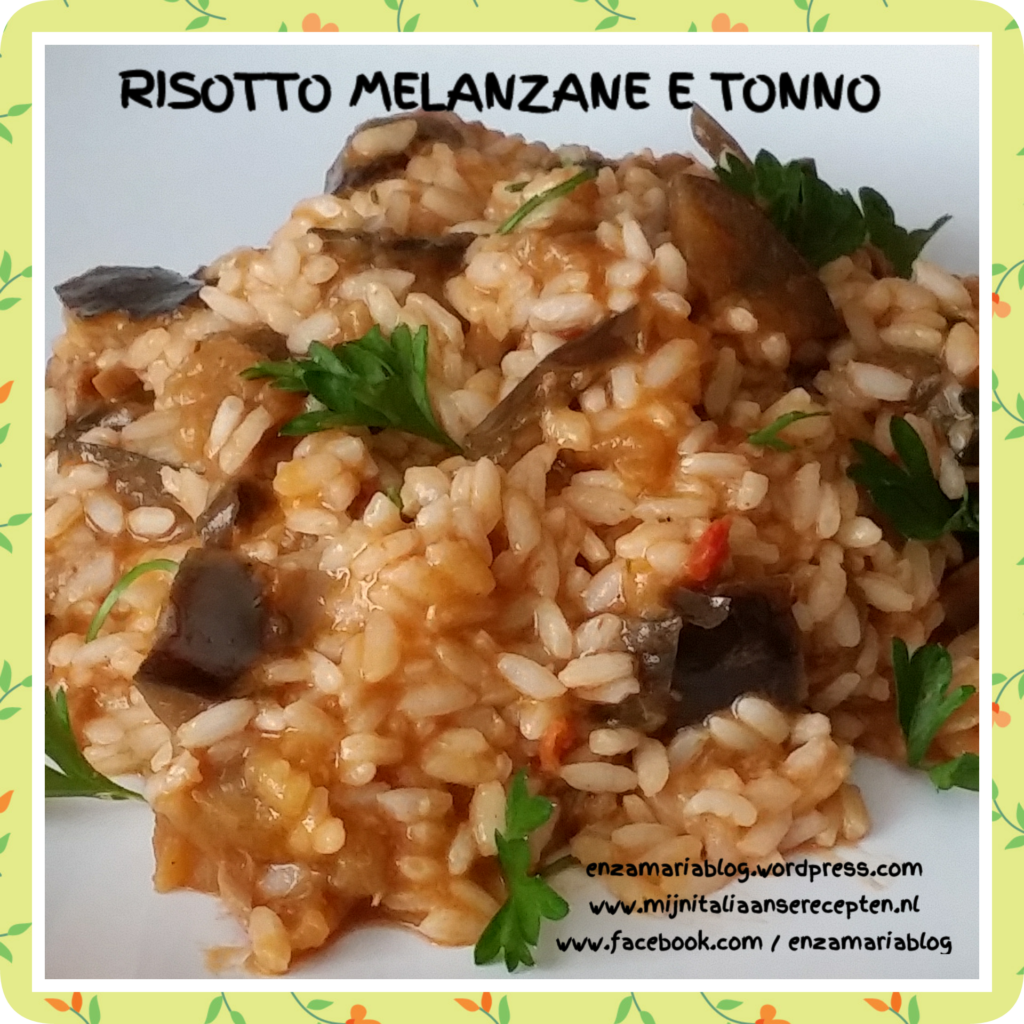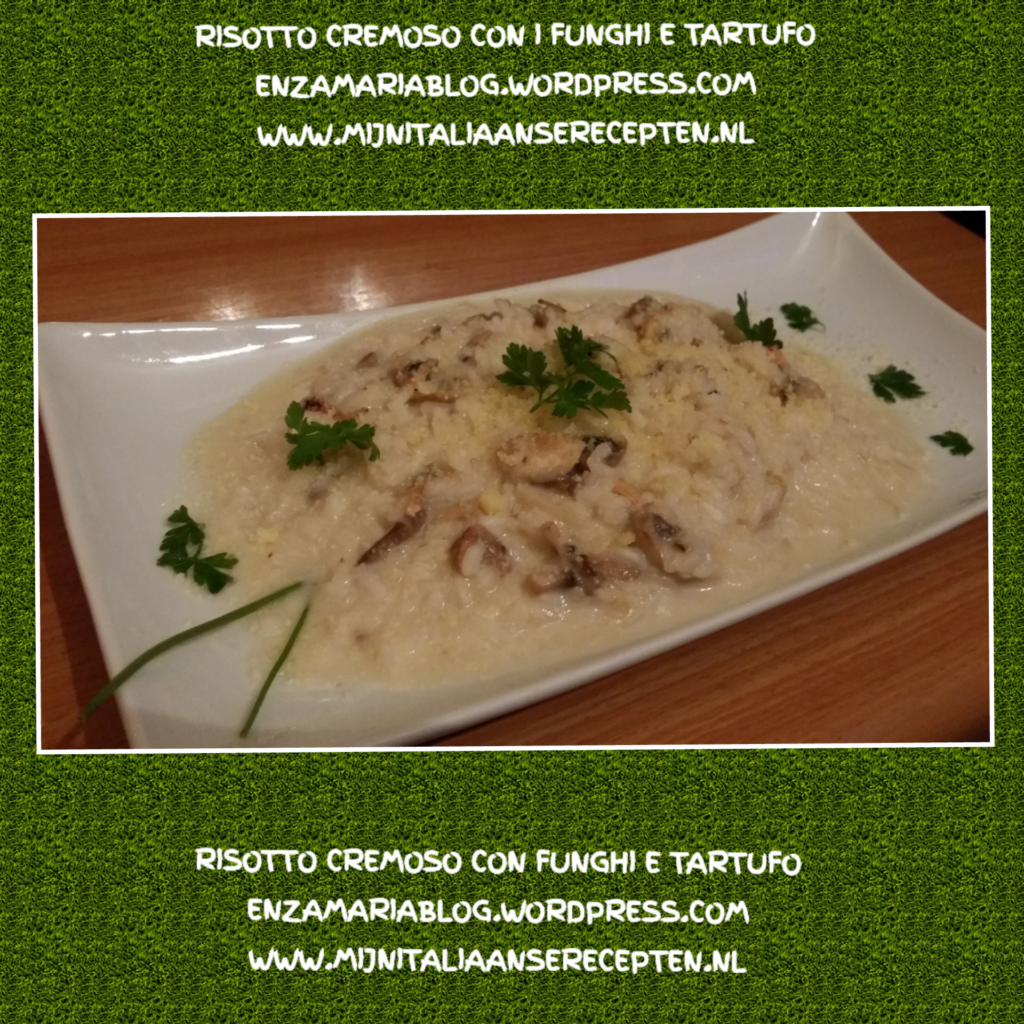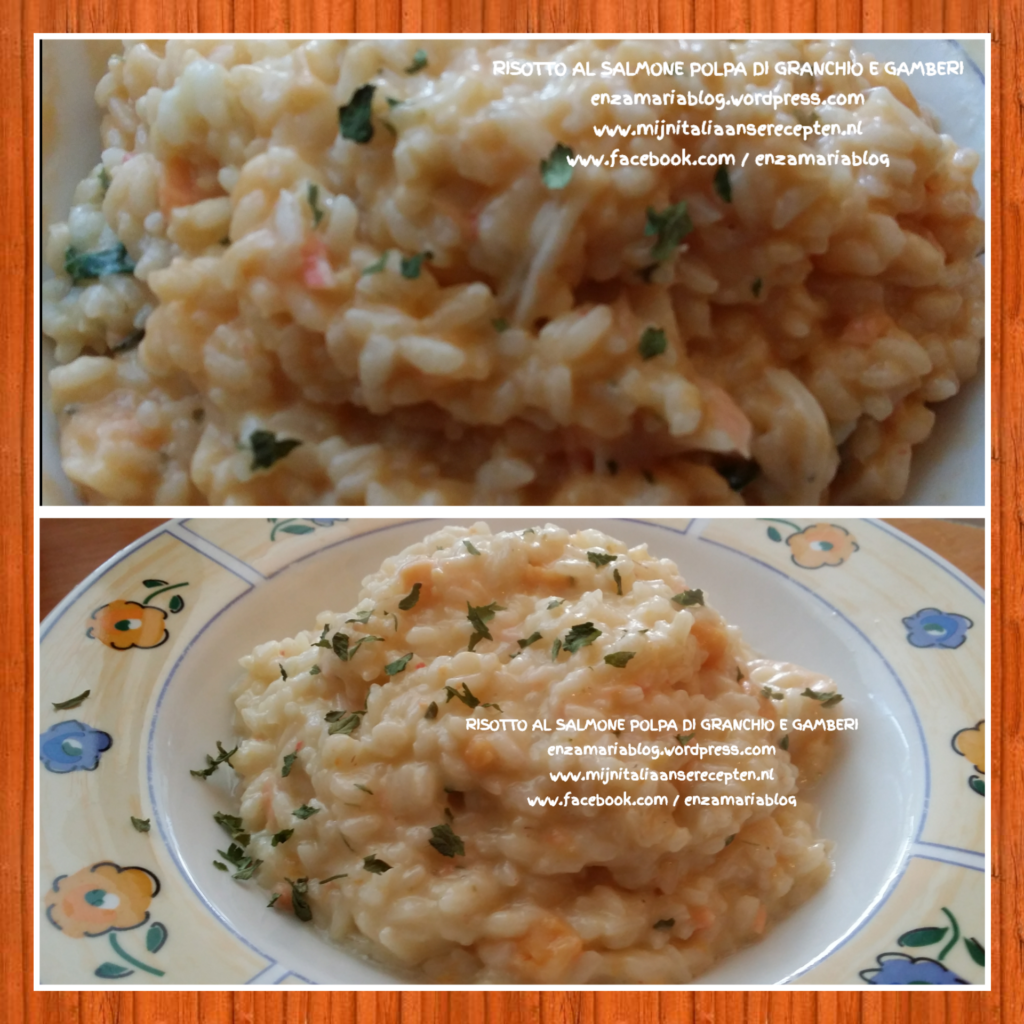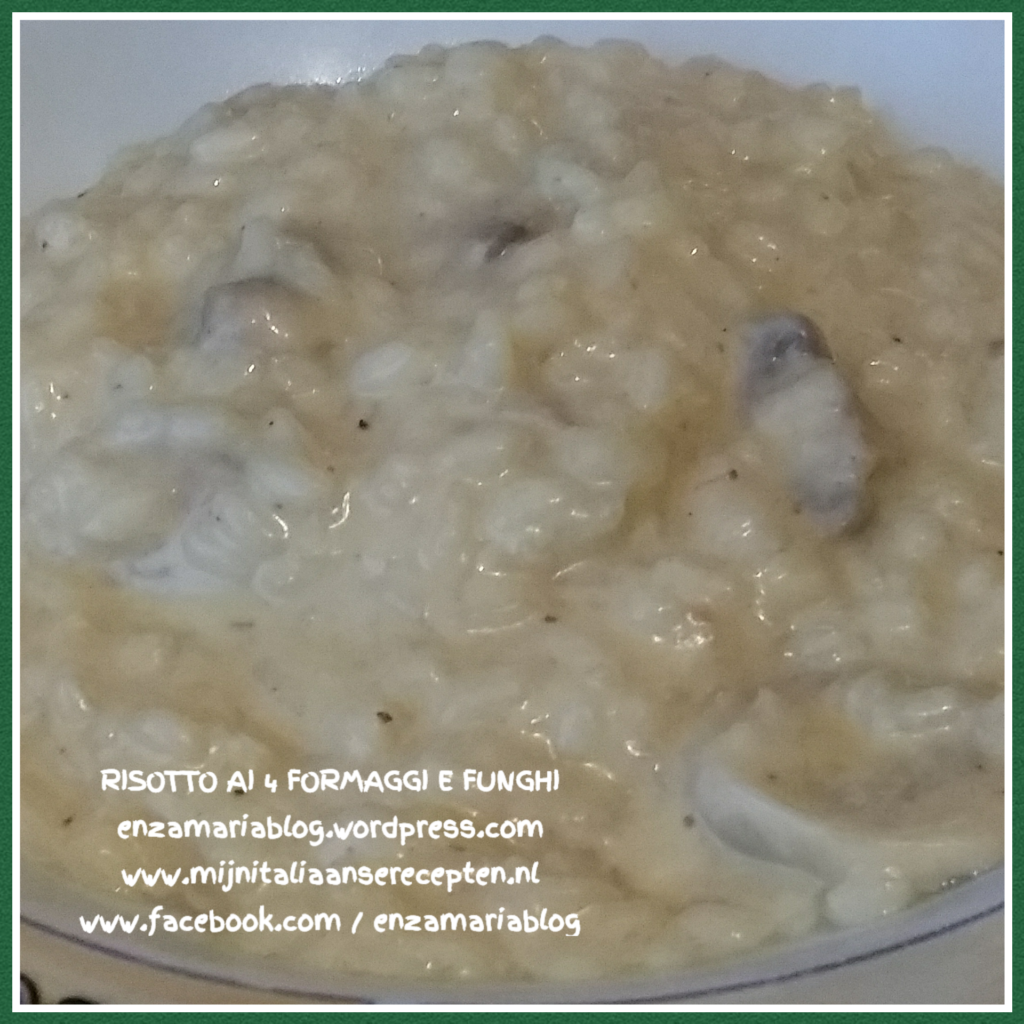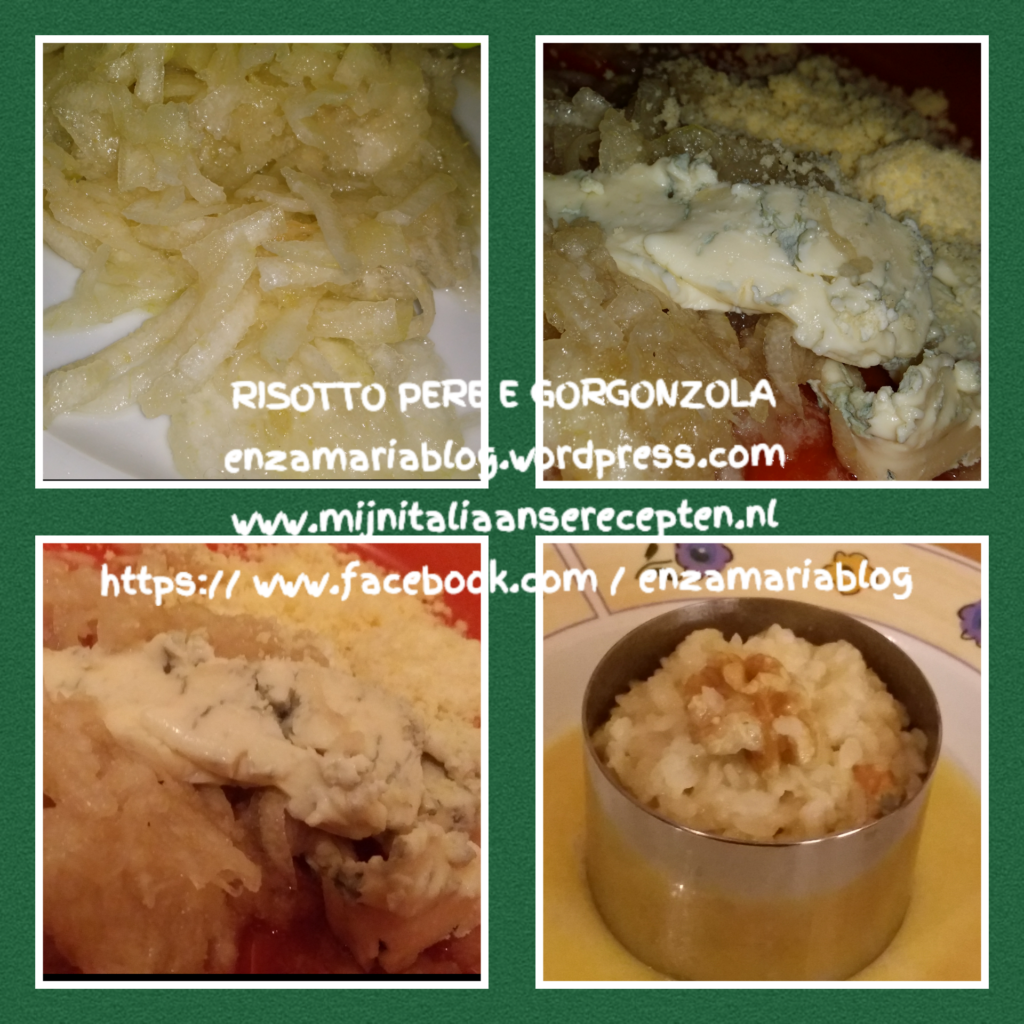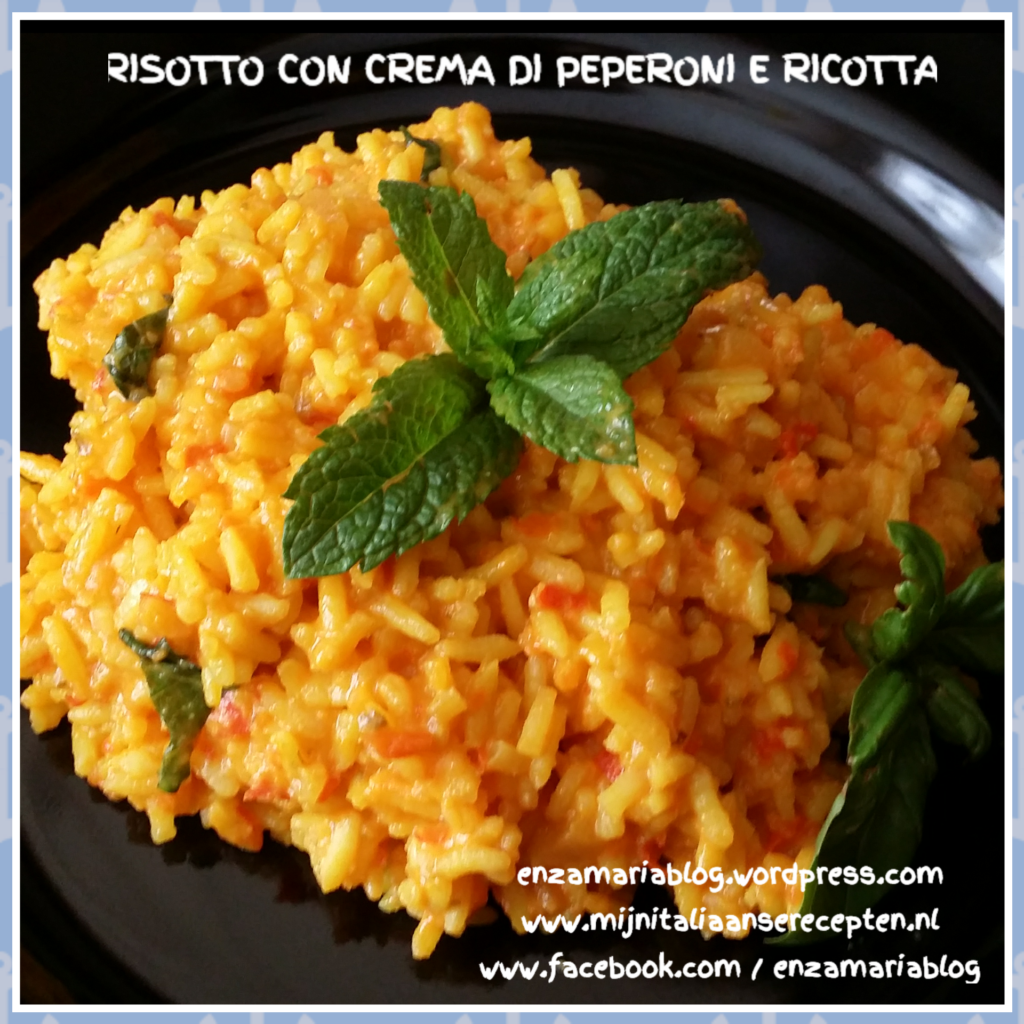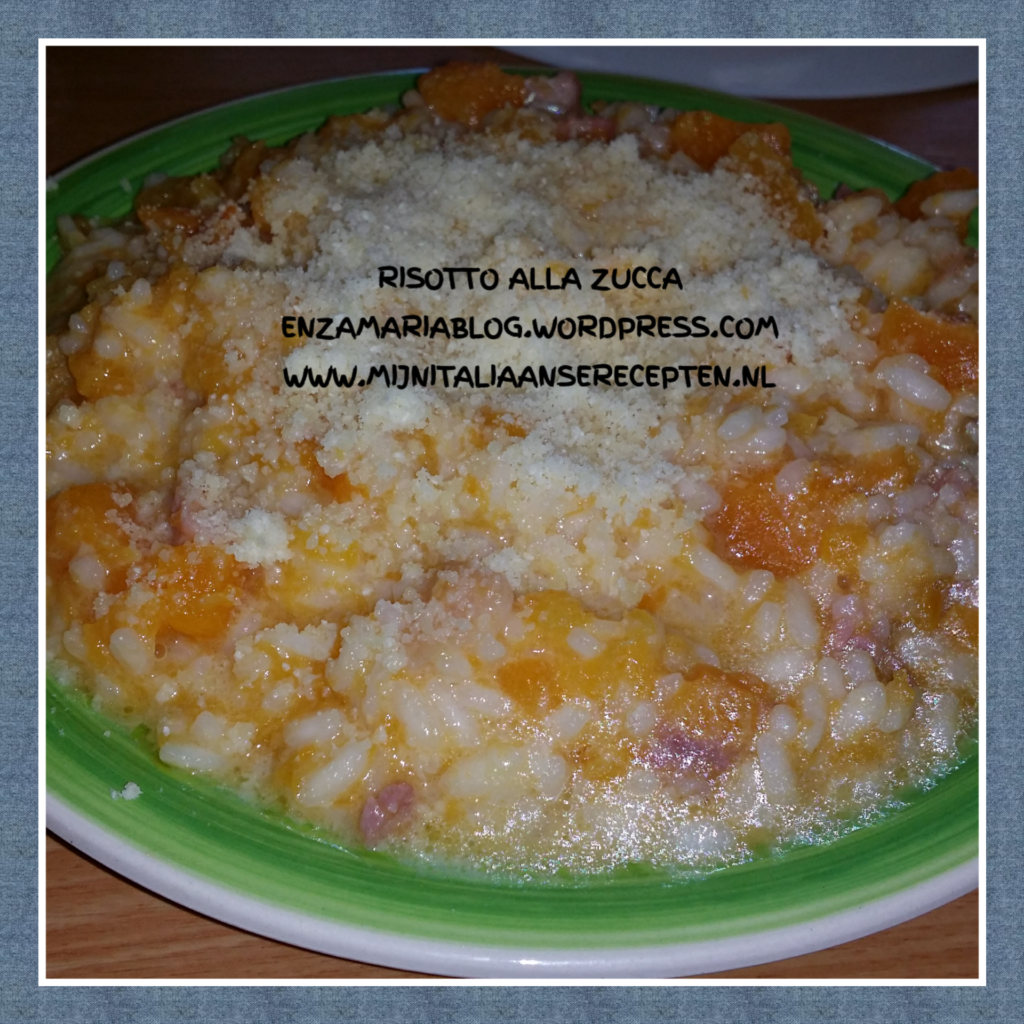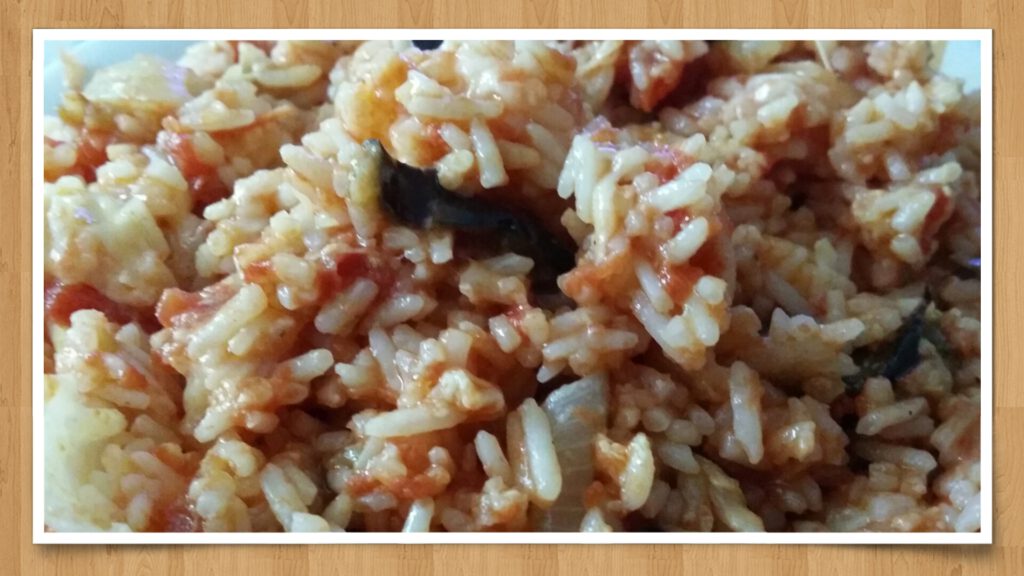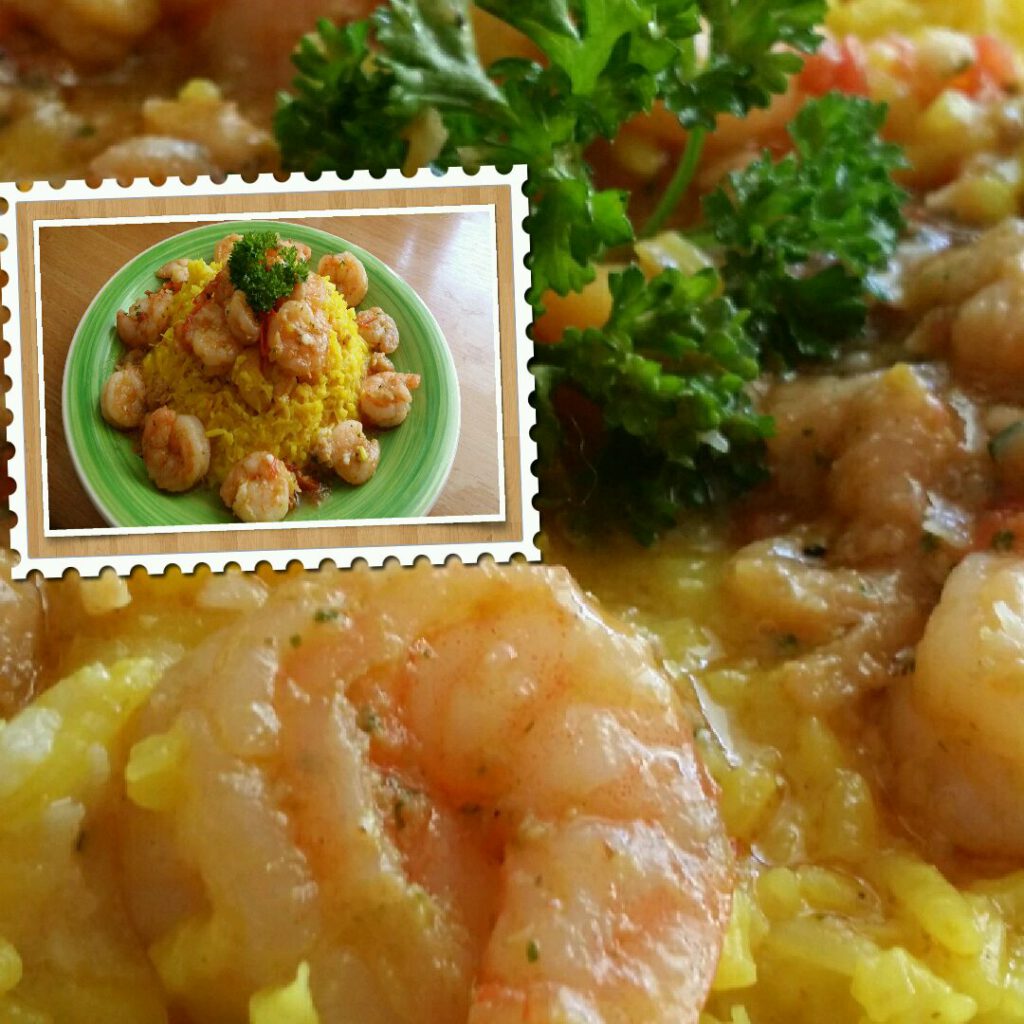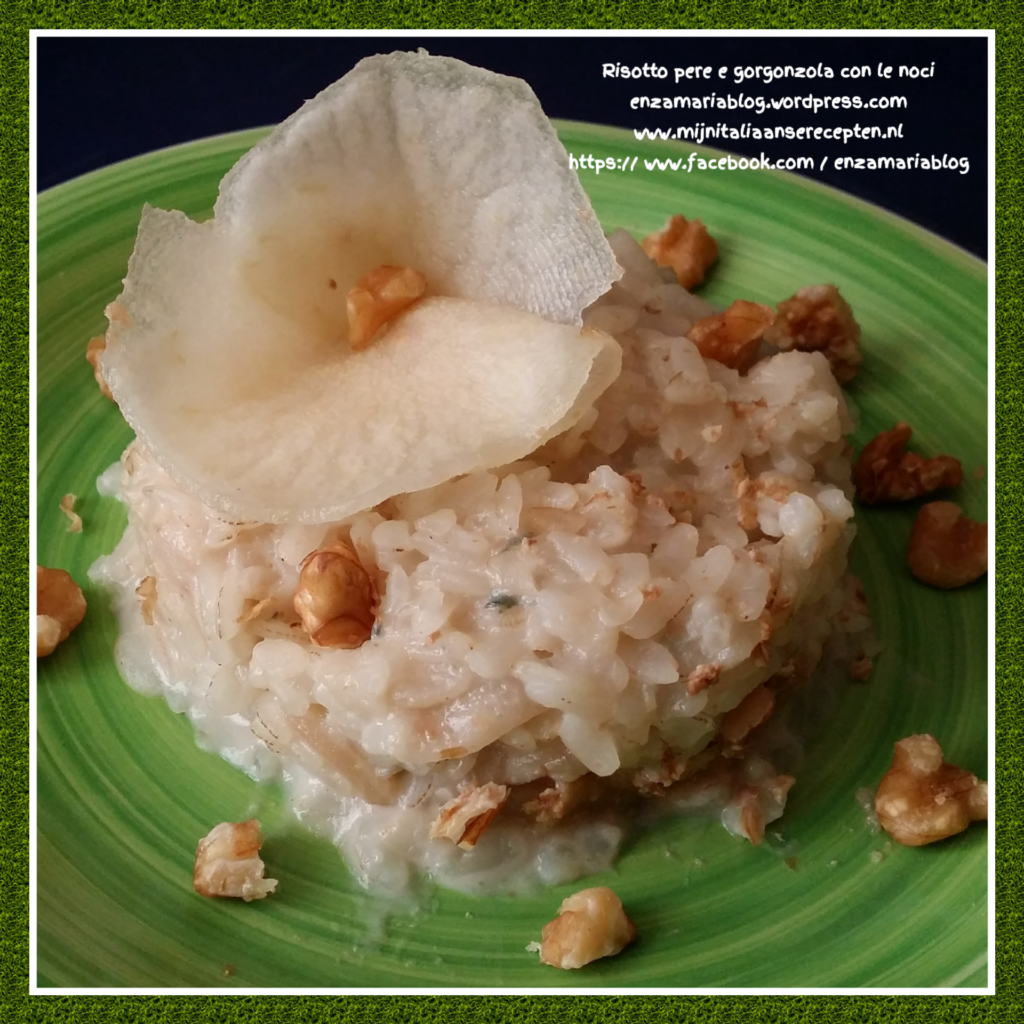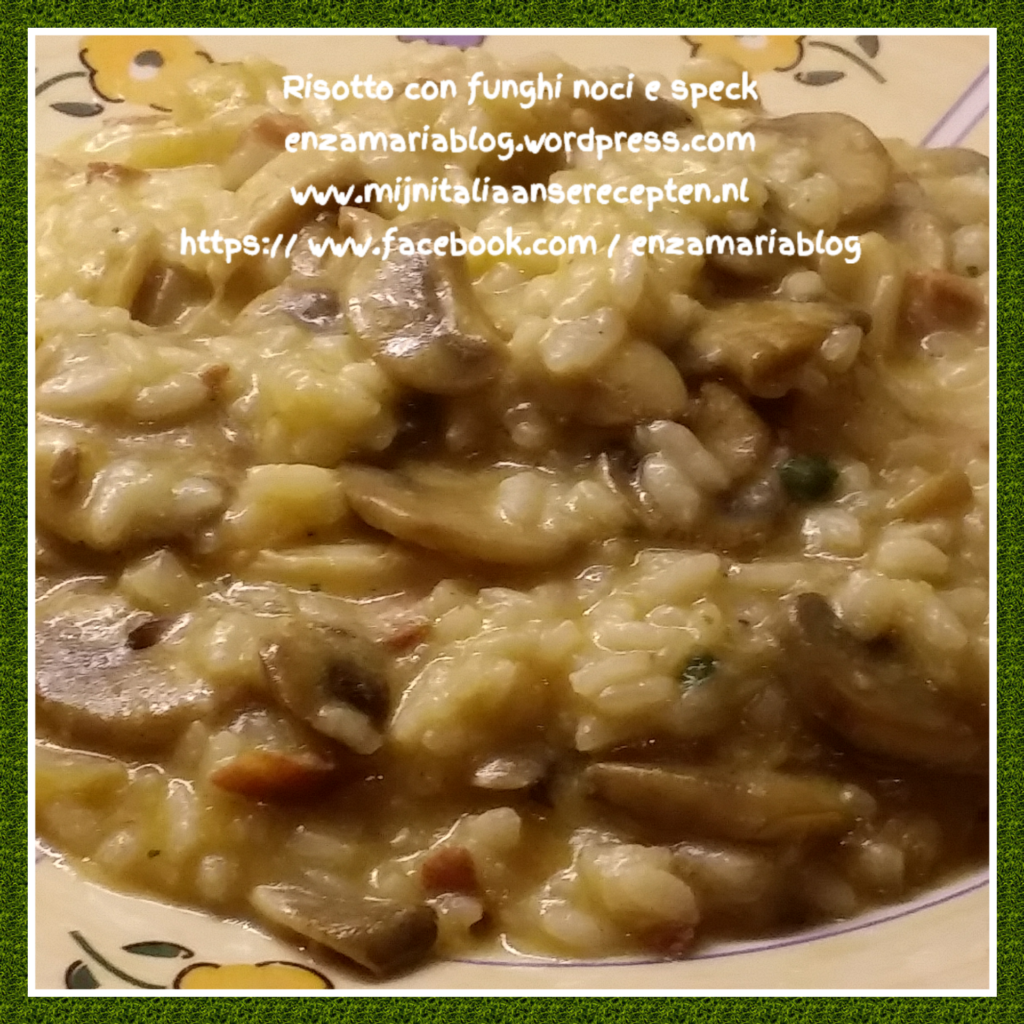Risotto is a first course known and appreciated all over the world.
Many more or less traditional recipes, from the risotto alla parmigiana to the Milanese one, passing through the typically autumnal one with mushrooms or pumpkin in addition to those with fish, in particular crustaceans and molluscs.
Risotto is a dish that adapts to all seasons, excellent in winter with ingredients such as sausage and vegetables, but also in summer with fresh, lighter and delicate ingredients...
Risotto was born in Naples. Considering that rice is the father of risotto, it should be remembered that the food use of rice in Italy has begun in Naples. The Spaniards had brought rice to them (to be precise, the Aragonese) in the 14th century. The Neapolitans thus began to consume it as a main dish: but for them it was never as unique as pasta. Which in those years was becoming established and stopping steadily in Naples. Laughter in Naples, however, did not hold back, nor was it restrained; he soon emigrated to the north, where they already knew him as a drug and as an ingredient in sweets, and he took up permanent residence there. Favored in this by the abundance of water, indispensable for him to grow well. Thus it was that the alimentary use of rice was affirmed above all in the north of Italy. The habit of eating rice is therefore not Neapolitan at all. The risotto archetype is the Milanese risotto. The color depends on saffron, a plant whose flowers bloom in October. The upper part of the pistils (the stigma) contains an oily and aromatic substance. The stigmas must be dried and ground, to obtain a yellow powder, a little bitter and a little spicy. In Italy, saffron is grown little, in the Abruzzi and in Sardinia. In Europe, Spain and Greece produce it, in the world the largest saffron plantations are found in India and Iran. Where the labor costs little: a fortune, since the entire processing of saffron is manual. To make a kilo of saffron you have to harvest 150 thousand flowers, and it takes 500 hours of work. Saffron is used in the kitchen (for the risotto we are talking about, and more), and enters the preparation of syrups and liqueurs. And it was there that he gave life to the Milanese risotto … We Italians, with the creativity that the world recognizes us, invented and made risotto famous.Certo is that in 1791 the risotto in Piedmont was already a traditional dish, even if only of the beautiful world: the Savoys used to make it serve at midnight, during the receptions they gave in their beautiful palaces in Turin. ….
Risotti
Rice has been grown in southern Italy since the 14th century, and its cultivation eventually reached Milan in the north. While, according to a legend, a young glassblower's apprentice from Flanders, who used to use saffron as a pigment, added it to a rice dish at a wedding feast, the first recipe identifiable as risotto dates from 1809. It includes rice sautéed in butter, sausages, bone marrow, onions with hot broth with saffron gradually added. There is a recipe for a dish named as a risotto in the 1854 Trattato di cucina ('Treatise on Cooking') by Giovanni Vialardi, assistant chief chef to kings. However, the question of who invented the risotto in Milan remains unanswered today.
The rice varieties now associated with risotto were developed in the 20th century, starting with Maratelli in 1914
There are many different risotto recipes with different ingredients, but they are all based on rice of an appropriate variety, cooked in a standard procedure. Risotto, unlike other rice dishes, requires constant care and attention. The rice is not to be pre-rinsed, boiled, or drained, as washing would remove much of the starch required for a creamy texture.
The rice is first cooked briefly in a soffritto of onion and butter or olive oil, to coat each grain in a film of fat, called tostatura; white wine is added and must be absorbed by the grains. When it has been absorbed the heat is raised to medium high, and boiling stock is gradually added in small amounts, while stirring constantly. The constant stirring, with only a small amount of liquid present, forces the grains to rub against each other and release the starch molecules from the outside of the grains into the surrounding liquid, creating a smooth creamy-textured mass. When the rice is cooked the pot is taken off the heat for mantecatura, vigorously beating in refrigerated balls of grated parmesan cheese and butter, to make the texture as creamy and smooth as possible. It may be removed from the heat a few minutes earlier and left to cook with its residual heat.
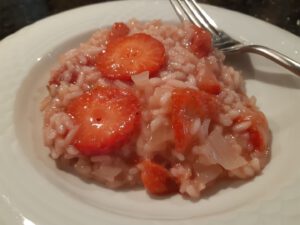
Properly cooked risotto is rich and creamy even if no cream is added, due to the starch in the grains. It has some resistance or bite (al dente) and separate grains. The traditional texture is fairly fluid, or all'onda ("wavy, or flowing in waves"). It is served on flat dishes and should easily spread out but not have excess watery liquid around the perimeter. It must be eaten at once, as it continues to cook in its own heat, making the grains absorb all the liquid and become soft and dry.

